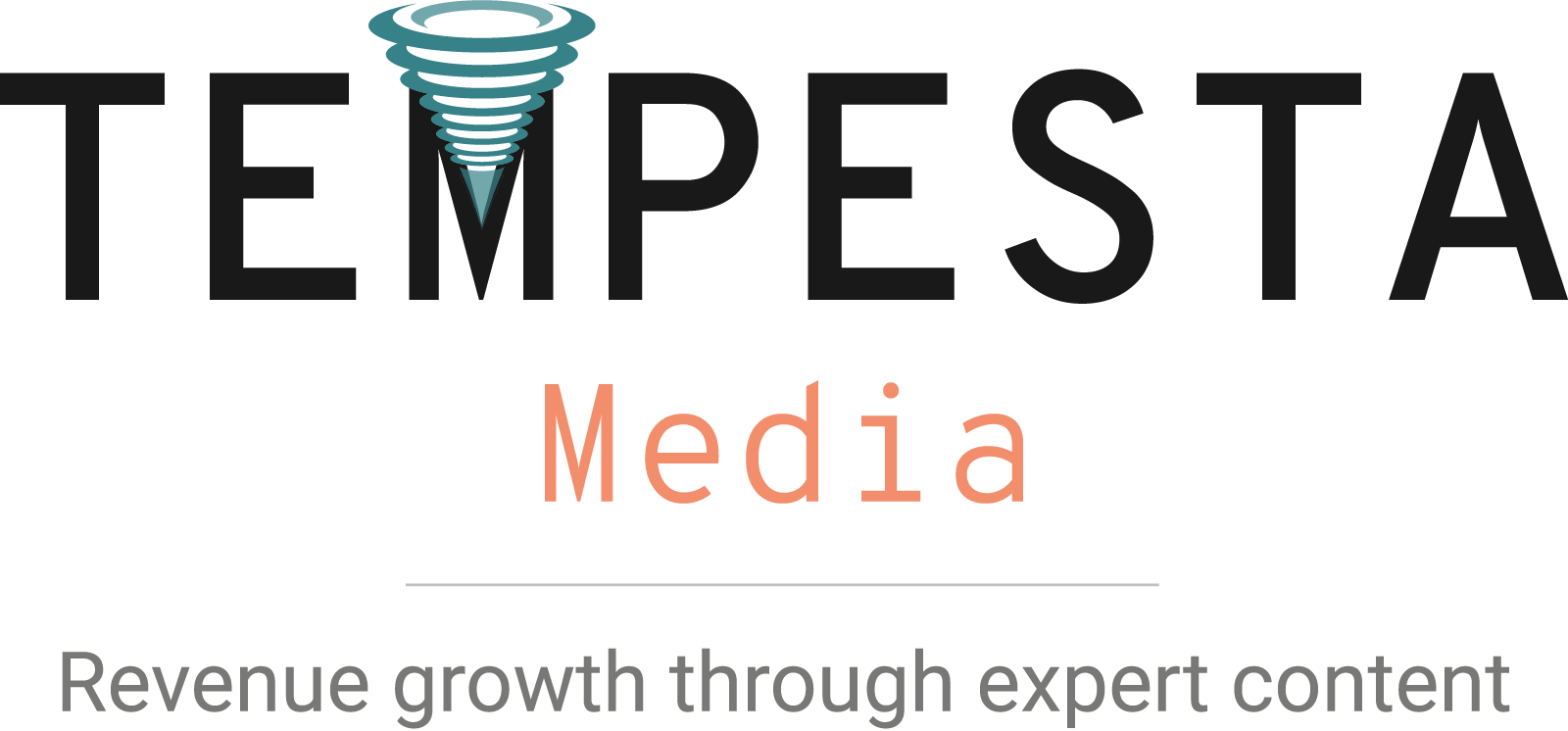For agencies looking for ways to optimize strategic investments in content marketing, one key to success is to reveal the value of content creation.
The problem is that measuring content marketing ROI is not as easy as it seems because traditional digital marketing metrics only go so far. Driving performance in content marketing requires a closer look at the inner workings of how prospects and loyal customers consume and share engaging, targeted media. Let’s look at these content marketing tips.
What is the relationship between content production and performance?
A recent article by Andy Betts “3 steps to solve the production vs. performance conundrum” gives a concise breakdown of why content marketing is different from the standpoint of measuring ROI. The question is: How can agencies develop content at scale while strengthening their ability to measure success?
Betts points to a three-pronged approach to address the difficulties that a large number of businesses encounter when developing custom content. Specifically, Betts’ article delves into the relationship between measurement, attribution and scale when looking for the right key performance indicators. In short, what works for one company may not necessarily work for another.
Measurement
That said, it is important for agencies to understand the imperative to go beyond what Betts calls “comfort statistics,” which are essentially topical, basic Web metrics of successful content. Content marketing for trend-setters must take into account more than unique page views, social media “likes” and shares. Simply put, the missing element is context to the organization.
Who are the people that are sharing and “liking” blog content? Why do news commentaries seem to perform better than long-from content? Basic SEO campaigns can yield very misleading metrics since a deeper understanding of a brand’s core audience is necessary to add value to custom content creation. Content must come first, not SEO tactics.
Of course, SEO has a role to play, too, but agencies should beware of putting the cart before the horse. It is better to apply a light touch of SEO to content that works than it is to leverage SEO to propagate poorly performing content, which inherently inflates the value proposition of poor content.
Betts argues that increasing audience engagement leads to a more thorough understanding of how core audiences respond to content, which has the potential to unlock a veritable treasure trove of intelligence. By taking this approach, agencies can choose which metrics matter most to different parts of an organization to paint a holistic picture of content performance.
Attribution
From Betts’ perspective, “content attribution involves tracking the types of content and the individuals or organizational teams responsible for the content against the content’s performance.” This expert take on content attribution sheds light on the idea that performance of digital channels is only one piece of the puzzle. To unlock the value of custom content, agencies also need to include what it takes to create content.
One way to view content attribution is to adapt the idea of the “sales funnel” to content marketing. Betts argues that by using this model companies can pinpoint touch points that lead to conversions or calls to action, which for many is the end-game of all content marketing. Are blogs more efficient at driving conversions? What about white papers? These questions need to take into account attribution to be answered well enough to measure the value of custom content.
Scale
Scale is arguably the most difficult variable in the content marketing equation. For example, even if an agency develops a concerted content creation strategy, applying the strategy at scale as content demands increase exponentially can create more problems than it solves.
If a single person is responsible for content creation, is this individual able to scale efforts efficiently? Often, creating engaging content is more than any one person can do within reason once scale is taken into account. Demand alone can derail even the most in-depth content marketing strategies when a single person is responsible.
Along those lines, one way to address the issue of scale is to outsource content creation. A firm focused on developing content has the ability to create top-quality content faster and at a lower cost. Creating content internally at scale may require the creation of an editorial department simply to check the quality of content messaging before publishing.
Too many businesses take a “spray-and-pray” approach to content development, creating as much as possible and waiting to see which content shows results after the fact. When considering ROI, it is easy to see that agencies require a different model to create custom content that is measurable, attributable and scalable.
At the end of the day, Betts’ article is a great starting point. To drive content marketing performance, agencies need a better solution to content creation.
If you have a content marketing program, or are planning one, download our ebook: 100 mistakes businesses make when starting, optimizing and scaling content marketing programs. Learn from the mistakes of hundreds of other companies. 100 mistakes walks you through common and uncommon challenges that they faced with their content marketing programs.











